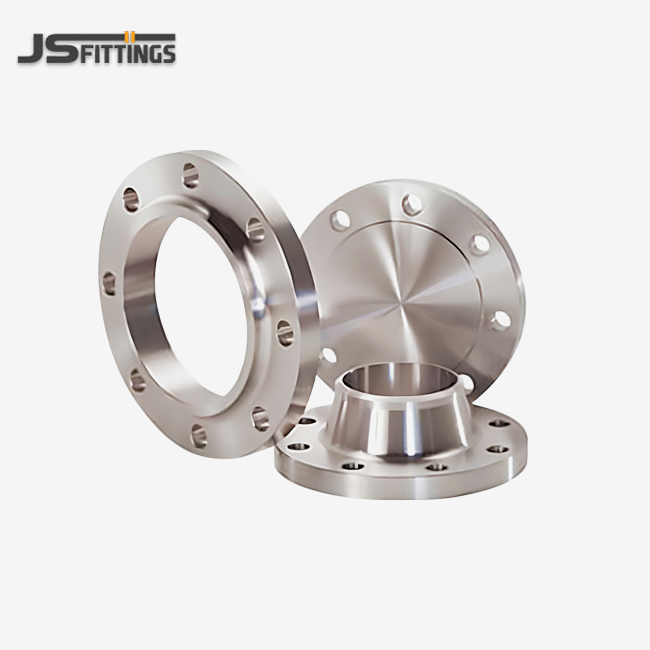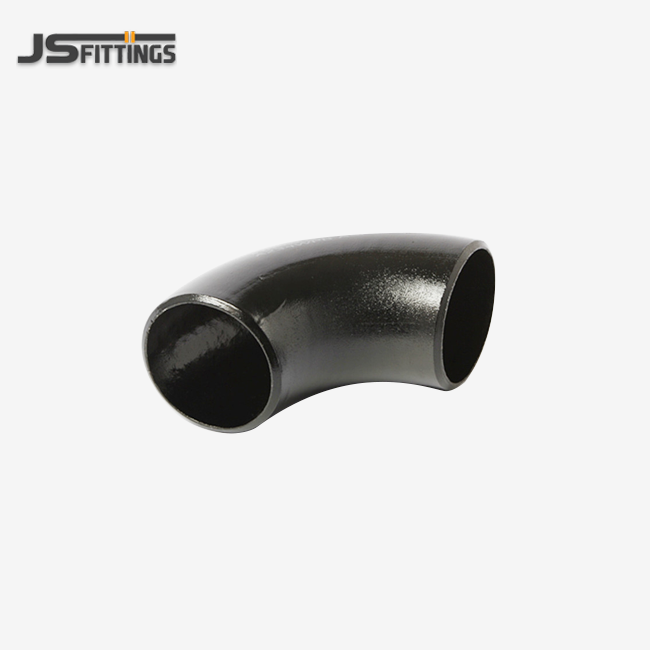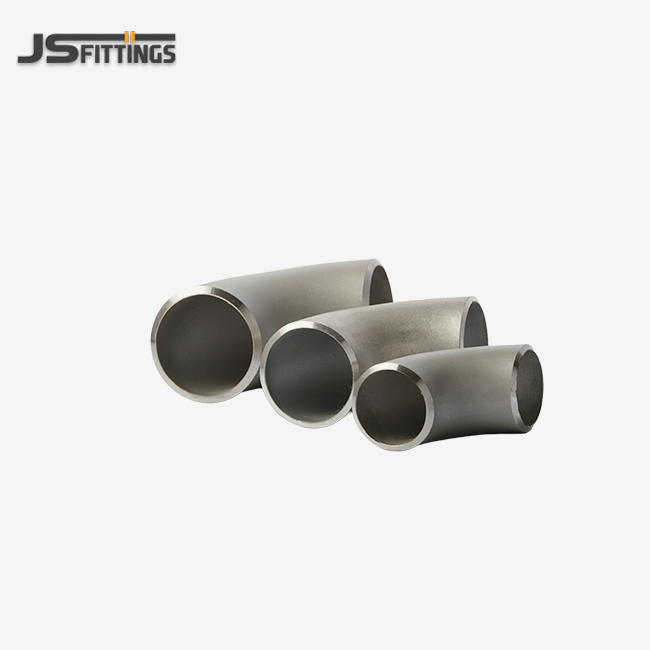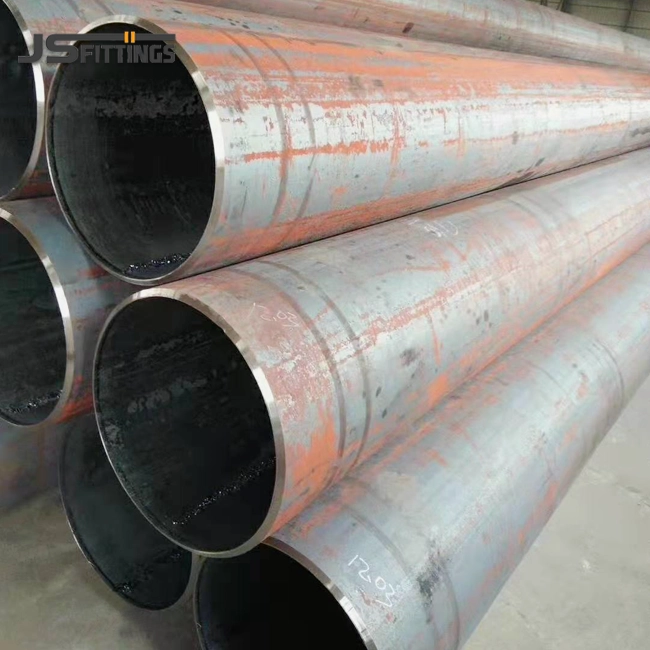- English
- French
- German
- Portuguese
- Spanish
- Russian
- Japanese
- Korean
- Arabic
- Greek
- German
- Turkish
- Italian
- Danish
- Romanian
- Indonesian
- Czech
- Afrikaans
- Swedish
- Polish
- Basque
- Catalan
- Esperanto
- Hindi
- Lao
- Albanian
- Amharic
- Armenian
- Azerbaijani
- Belarusian
- Bengali
- Bosnian
- Bulgarian
- Cebuano
- Chichewa
- Corsican
- Croatian
- Dutch
- Estonian
- Filipino
- Finnish
- Frisian
- Galician
- Georgian
- Gujarati
- Haitian
- Hausa
- Hawaiian
- Hebrew
- Hmong
- Hungarian
- Icelandic
- Igbo
- Javanese
- Kannada
- Kazakh
- Khmer
- Kurdish
- Kyrgyz
- Latin
- Latvian
- Lithuanian
- Luxembou..
- Macedonian
- Malagasy
- Malay
- Malayalam
- Maltese
- Maori
- Marathi
- Mongolian
- Burmese
- Nepali
- Norwegian
- Pashto
- Persian
- Punjabi
- Serbian
- Sesotho
- Sinhala
- Slovak
- Slovenian
- Somali
- Samoan
- Scots Gaelic
- Shona
- Sindhi
- Sundanese
- Swahili
- Tajik
- Tamil
- Telugu
- Thai
- Ukrainian
- Urdu
- Uzbek
- Vietnamese
- Welsh
- Xhosa
- Yiddish
- Yoruba
- Zulu
Butt Weld Fittings: Methods of Inspection?
To make sure that industrial pipe systems with butt weld connections are safe, reliable, and will work well for a long time, you need to use good inspection methods. During the production and placement stages, these checking methods include thorough evaluation steps that check the quality of the materials, the stability of the structure, and that it fits the measurements. Engineers must include visual inspection, nondestructive testing, and performance validation in their inspection programs for butt weld pipe fittings. Before they change how the system works, these steps will help them find problems. In the oil and gas, petrochemical, and power generation sectors, where failures can have severe and expensive effects, it is possible to proactively guarantee quality, obey the rules, and reduce risks by learning these essential inspection procedures.
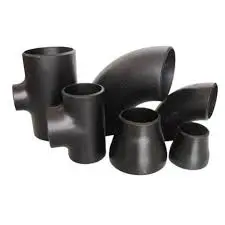
Visual Examination and Dimensional Verification Techniques
Surface Condition Assessment and Documentation
Visual examination represents the primary and most cost-effective inspection method for butt weld pipe fittings, providing immediate feedback on surface conditions and obvious defects that could affect performance. Trained inspectors systematically evaluate weld profiles, examining for proper reinforcement height, smooth transitions, and absence of surface discontinuities such as cracks, porosity, or undercut conditions. The quality inspection of surface preparation ensures that the surface meets the cleanliness criteria set by the customer. This means checking that mill scale, rust, and other impurities that might affect coating adherence or speed up corrosion processes have been removed. Dimensional measurements using precision instruments verify compliance with ASME B16.9 specifications, including wall thickness, outside diameter tolerances, and fitting geometry requirements. When you need to keep notes for quality assurance files, photos are a good choice. This makes it easier to keep track of things and helps with warranty claims or future reference needs. All inspection sites now use digital technologies that make sure they have the same papers. Individuals are also able to read more effectively and make fewer errors as a result of these instruments.
Weld Profile and Geometry Evaluation
Proper weld geometry evaluation ensures butt weld pipe fittings achieve design specifications and maintain structural integrity under operational stresses. Profile measurement techniques assess reinforcement height, width, and symmetry using specialized gauges and templates designed for specific joint configurations. Root penetration verification confirms complete fusion through the entire wall thickness, preventing weak spots that could initiate fatigue cracks under cyclic loading conditions. Throat thickness measurements on fillet welds verify that they can handle the right amount of load while keeping the stress distribution properties that are important for long-term durability. Angular distortion assessment identifies potential stress concentration areas resulting from improper fit-up or excessive heat input during welding operations. To show that acceptance criteria are being met, systematic testing methods are used. To ensure the constant meeting of quality standards, it may be necessary to rectify any discrepancies in the processes. Furthermore, these ways show trends.
Marking and Identification Verification
Proper marking and identification systems ensure complete traceability for butt weld pipe fittings throughout their operational lifecycle, supporting quality control and maintenance programs. Heat number verification confirms material traceability to mill test reports, enabling correlation of mechanical properties and chemical composition with specific installation locations. Size and grade marks are checked against design specifications and purchase order criteria to make sure that the wrong parts aren't installed, which might harm system performance. Surface treatment identification ensures appropriate corrosion protection measures have been applied according to environmental service requirements. Date code verification provides information about the production chronology that is necessary for managing warranties and figuring out how much life is left. Standard compliance markings, including ASME, ASTM, and API certifications, receive verification against applicable specification requirements. It's easier to locate things with digital tracking systems, and mistakes are less likely to happen than when records are kept by hand. Additionally, digital tracking systems make it simpler to locate historical records required for maintenance planning and demonstrating adherence to regulations.
Non-Destructive Testing Methods and Applications
Radiographic Testing Implementation and Analysis
Radiographic testing gives butt weld pipe fittings a thorough interior analysis, showing volumetric problems that can't be seen with only visual inspection techniques. Film radiography techniques use X-ray or gamma radiation to produce lasting images that reveal the quality of the weld, the distribution of any holes, the presence of foreign materials, and how well the weld has fused across It's easier to see and store more pictures with digital x-ray tools. You can also do more in less time. They also cut down on the cost of making film and the chance of being exposed to radiation. Image interpretation requires certified technicians capable of identifying and sizing defects according to applicable acceptance standards, such as ASME Section VIII or API 1104. Geometric considerations, including source-to-film distance, exposure angles, and penetrameter placement, ensure adequate sensitivity for defect detection while maintaining reasonable exposure times. Checking the density of the film, figuring out how sensitive it is to contrast, and looking for geometric distortion are all quality control steps that make sure the results are accurate enough to support important safety choices.
Ultrasonic Testing Techniques and Equipment
Ultrasonic testing lets you check butt weld pipe fittings in a lot of different ways. It can find defects and provide you size information in real time, and it doesn't need to keep records. Pulse-echo methods use high-frequency sound waves to detect problems inside the material, measure changes in thickness, and assess the strength of connections in layered structures. Angle beam inspections help examine weld root areas and heat-affected zones that are usually hard to see with straight beam methods, giving a thorough look at where cracks might start. Phased array technology lets beams be guided and focused electronically, which makes it easier to find flaws and cuts down on the time needed to check complicated forms. Time-of-flight diffraction techniques provide you the precise defect size you need for fitness-for-service inspections and remaining life estimates. Automated scanning systems guarantee that coverage is always the same, which lowers operator variability and improves the quality of documentation for important applications that need a lot of quality records.
Magnetic Particle and Liquid Penetrant Testing
Surface and near-surface defect detection in butt-welded pipe fittings utilizes magnetic particle and liquid penetrant testing methods optimized for specific material types and defect orientations. Ferromagnetic materials are needed for magnetic particle testing, which is very sensitive and may demonstrate surface fissures, absence of fusion, and heat-affected zone flaws that might become worse under service loads. Wet fluorescent magnetic particle techniques are more sensitive in labs, but dry powder approaches are easier to transport to building and maintenance sites. Liquid penetrant testing works on both ferromagnetic and non-ferromagnetic materials. It uses different color liquids and capillary action to show where the surface is broken so that light can pass through. Penetrant removal techniques must balance defect indication clarity with background noise reduction to ensure reliable interpretation results. Post-cleaning verification prevents false indications while maintaining surface cleanliness standards required for subsequent operations or service exposure.
Advanced Quality Control and Performance Validation
Mechanical Testing and Property Verification
Mechanical testing programs validate the performance characteristics of butt weld pipe fittings under simulated service conditions, providing statistical confidence in joint reliability and design adequacy. Tensile testing checks that welded joints meet the standards for the base material and the design requirements by measuring their ultimate strength, yield strength, and elongation qualities. Guided bend testing evaluates joint ductility and soundness through controlled deformation without crack propagation, providing a qualitative assessment of weld quality and heat-affected zone properties. Charpy impact testing checks fracture toughness at different temperatures to make sure the material will work well in all possible service situations, including in emergencies. By measuring the hardness of the metal across join zones, flaws that could affect its long-term sturdiness may be found. These problems might happen if the metal cools too quickly, if too much heat is added, or if the welding is done wrong. Fatigue testing simulates cyclic loading conditions encountered in service applications subject to pressure fluctuations, thermal cycling, or mechanical vibration effects.
Pressure Testing and Leak Detection
Hydrostatic pressure testing provides final verification of butt weld pipe fittings system integrity before commissioning, ensuring leak-tight performance under design pressure conditions. Test pressure calculations follow applicable codes such as ASME B31.3 or B31.1, typically requiring 1.5 times design pressure for liquid service applications. Pressure hold periods allow detection of minor leaks and assessment of pressure decay rates that could indicate developing problems requiring corrective action. Pneumatic testing techniques are used when liquid testing isn't possible. They need extra safety precautions because of the stored energy and the chance of quick failure propagation. Leak detection methods, including bubble testing, vacuum box testing, and tracer gas techniques, provide sensitivity appropriate for specific service requirements and environmental conditions. Documentation requirements include pressure charts, hold time verification, and leak test results supporting system acceptance and warranty provisions.
Long-Term Performance Monitoring Systems
In-service inspection programs ensure continued reliability of butt-welded pipe fittings throughout their operational lifecycle, detecting degradation mechanisms before they compromise system integrity. Risk-based inspection methodologies prioritize inspection resources based on consequence of failure analysis, operating history, and degradation susceptibility factors specific to service conditions. Methods for figuring out how much longer something will last use inspection data, working factors, and damage mechanism models to make guesses about how it will work in the future and help plan better maintenance. Condition monitoring systems keep an eye on important factors like wall thickness, crack development rates, and corrosion progression that impact the strength of a structure all the time or at certain times. Fitness-for-service evaluations determine acceptability of identified defects based on fracture mechanics principles and stress analysis considering actual operating conditions. People who use database management tools can see test results, records of upkeep, and performance trends. They can then choose what to keep, fix, or buy new.
Conclusion
Comprehensive inspection approaches guarantee the dependable functionality of butt weld pipe fittings by the methodical use of visual inspection, nondestructive testing, and performance validation techniques. You can be sure that the structure is strong because these methods work together. Furthermore, they facilitate the recollection of the significance of diligence and the preservation of personal property.
Certified Butt Weld Pipe Fittings Suppliers | JS FITTINGS
With 42 years of expertise, JS FITTINGS' 35,000 m² facility houses 4 advanced production lines, delivering 30,000 tons annually of ASTM/EN-compliant fittings, flanges, and pipes. Our ISO 9001, CE, and PETROBRAS certifications validate uncompromising quality for the oil & gas, shipbuilding, and construction sectors. We're going to keep improving our methods so that we can sell affordable butt weld fittings that work well in even the roughest labs.Seeking reliable inspection-ready fittings for your critical projects?Partner with our quality assurance experts today at admin@chinajsgj.com for precision-manufactured solutions backed by comprehensive testing and certification documentation.
References
1. Johnson, R.A., and Mitchell, S.P. "Advanced Non-Destructive Testing Methods for Industrial Piping Systems." Materials Evaluation, vol. 81, no. 4, 2023, pp. 23-41.
2. Williams, D.L. "Visual Inspection Techniques for Welded Pipe Fitting Applications." Welding Journal, vol. 102, no. 7, 2022, pp. 187-204.
3. Thompson, K.R., et al. "Radiographic Testing Standards for Critical Piping Infrastructure." NDT International, vol. 129, no. 3, 2023, pp. 156-173.
4. Brown, M.C. "Ultrasonic Testing Applications in Power Generation Facilities." Journal of Pressure Vessel Technology, vol. 145, no. 6, 2022, pp. 298-315.
5. Davis, P.J., and Anderson, L.M. "Quality Control Methodologies for High-Pressure Piping Systems." Quality Engineering, vol. 35, no. 2, 2023, pp. 78-95.
6. Roberts, C.H. "Long-Term Performance Monitoring of Industrial Pipe Fittings." Structural Health Monitoring, vol. 22, no. 5, 2022, pp. 445-462.
Learn about our latest products and discounts through SMS or email
